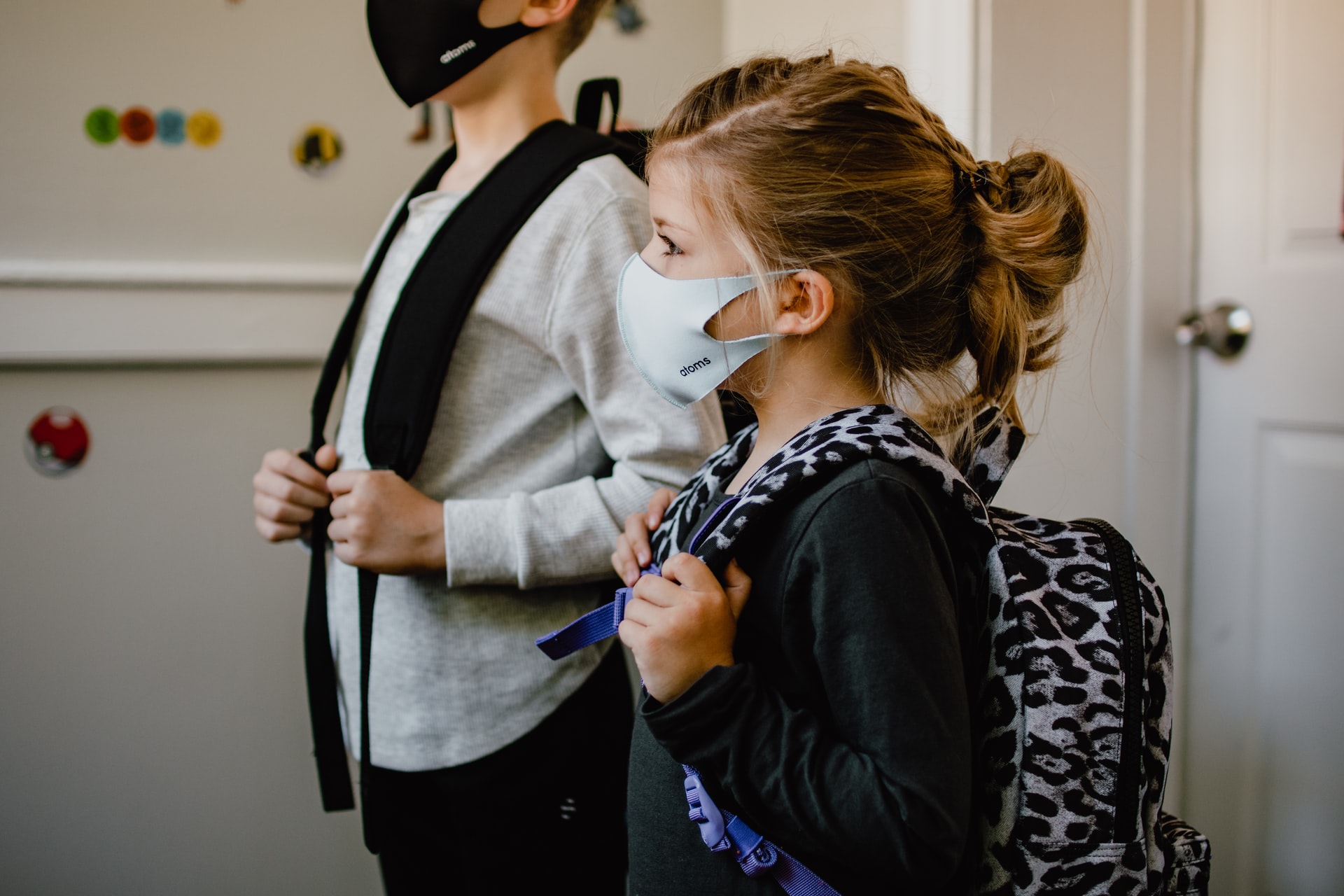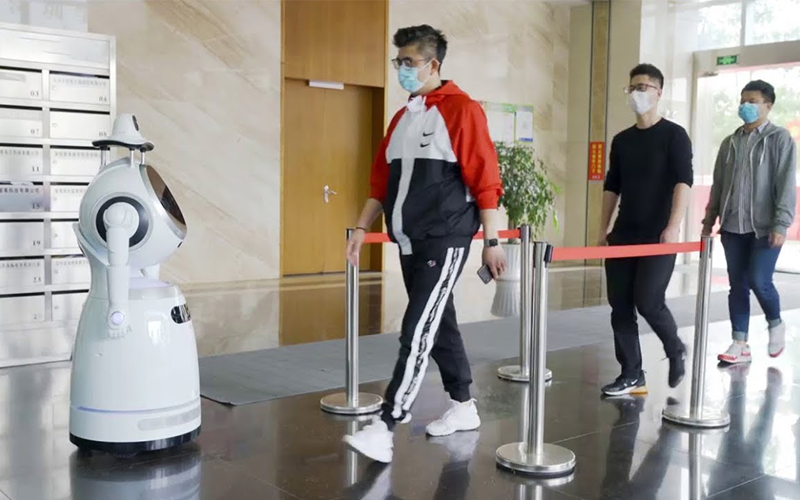By Lisa O’Masta, President, Learning A-Z
 Lessons learned over the course of the pandemic have highlighted ways that schools and districts can best support teachers and students.
Lessons learned over the course of the pandemic have highlighted ways that schools and districts can best support teachers and students.
There is no argument that teachers are the most valuable asset in a student’s learning experience. This fact was only further underscored over the past 18 months.
While the increase in easy-to-use technology used in the classroom has been a significant improvement, teachers remain the most important factor in the learning equation and should be recognized as such.
Lessons learned over the course of the pandemic have highlighted ways that schools and districts can best support teachers and students throughout the learning experience.
Key takeaways from a year of transition
With millions of students transitioning to remote learning, teachers quickly realized that a one-size-fits-all approach would simply not translate to online instruction. Instead, instruction needed to be adjusted to fit the needs of each individual student. Educators who were able to leverage technology to personalize instruction saw better results, including higher student engagement and a more collaborative and cohesive learning community.
Technology and digital tools were critical components for this initiative, despite the learning curve that many teachers faced in their implementation. Teachers who were less comfortable with technology tools quickly had to overcome their hesitance, familiarizing both themselves and their students with new platforms and resources. They soon learned that having an integrated instructional approach lent itself to a successful transition to a remote learning environment.
Teachers also concluded that the traditional assessment strategy would no longer accurately account for student progress. Digital tools for alternative assessment became vital, and so too did the need for more informal assessments and check-ins to assess student progress. As students adjust to the challenges of remote learning, it was helpful for teachers to maintain a close eye on progress without having to adhere to the traditional test structure of a comprehensive annual assessment.
An additional benefit of leveraging technology and digital tools in the classroom came in the form of collected data. Edtech platforms can collect a considerable volume of data on student proficiency. Through one-on-one, digital, and in-person settings alike, data monitoring solutions aid in providing a comprehensive view of students’ academic and social-emotional capabilities.
However, with this insight came the need for teachers to be able to read, work with, analyze, and communicate that data. The ability to go beyond the mere collection of data is a skill that empowers educators to ask the right questions and make data-driven decisions as they plan instruction.
Lastly, professional development for teachers proved itself to be more important than ever. As teachers grappled with helping students overcome the challenges of remote learning, they too dealt with unprecedented obstacles themselves. On-demand professional development rose to the top as a preferred method for busy teachers who might not have had the opportunity for professional development otherwise.
The gap between remote and in-person learning
Schools and districts have worked tirelessly to ensure students are able to access the internet and high-quality online resources, but much remains to be done. While important, internet access is not the only thing that is needed to meet students where they are. Additional approaches, such as social-emotional learning (SEL) initiatives, strong family engagement, effective teacher professional development, and flexibility in accessing online content also help teachers better connect with students both on and offline.
Social-Emotional Learning (SEL): To receive a valuable educational experience, every student needs to be provided with a safe environment where they feel supported and valued as a part of a learning community. A social-emotional learning curriculum provides support for teachers in building out these safe spaces.
Family engagement: To bridge the gap between in-person and remote learning, parents/caregivers often must step in and lend a hand. The curriculum should be built with parent/caregiver involvement in mind, and districts should make programs, training, and support for families a standard.
Professional development: The most useful professional development for teachers addresses the “why and how” of the content being taught. A balance of synchronous and live instruction paired with on-demand courses is the key to giving teachers professional development opportunities where and when they need it.
Flexibility in online content: With not all students having the same access to online material, diversity in content is paramount. Districts and teachers should provide kids with a variety of options for quality content such as online, downloadable, print, projectable, and mobile material.
Valued teachers: At the center of the above initiatives are teachers, and so it is crucial that teachers are appreciated and valued as the wonderful resource that they are. Gratitude expressed is a first step toward supporting our educators in the way they need and deserve.
As we continue to navigate uncertain times, preparation, communication, and gratitude will be essential. The demands of learning will require that teachers have opportunities to learn from and support each other, and this, in turn, will provide the foundation for growth.
Learn more about virus-fighting robots for education with RobotLAB



